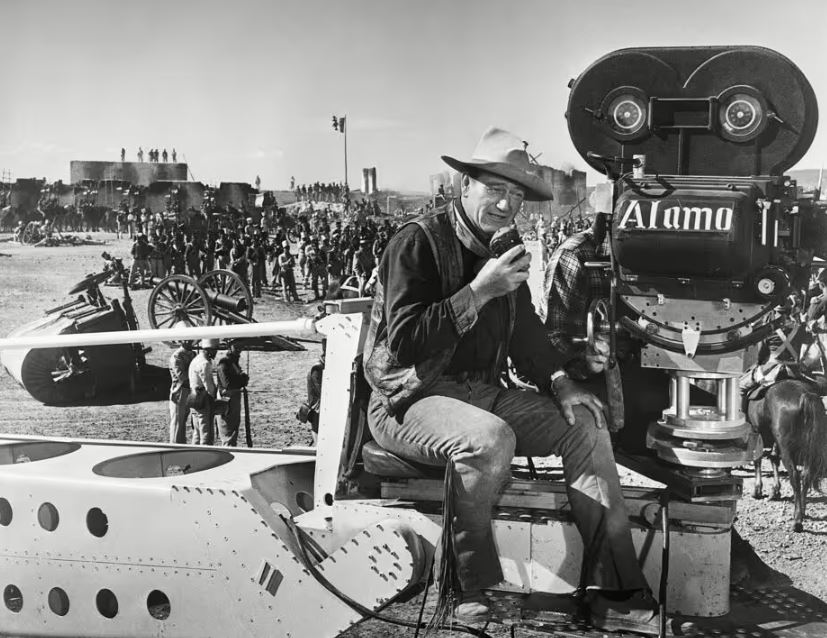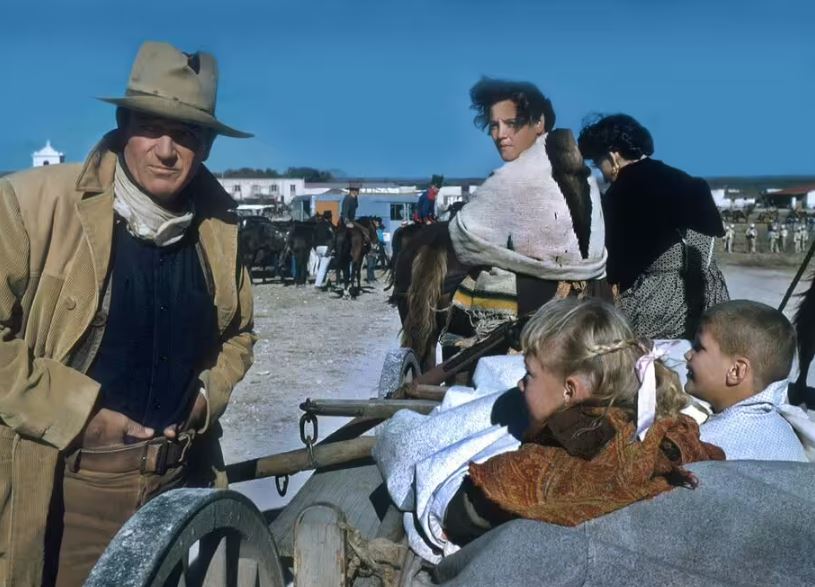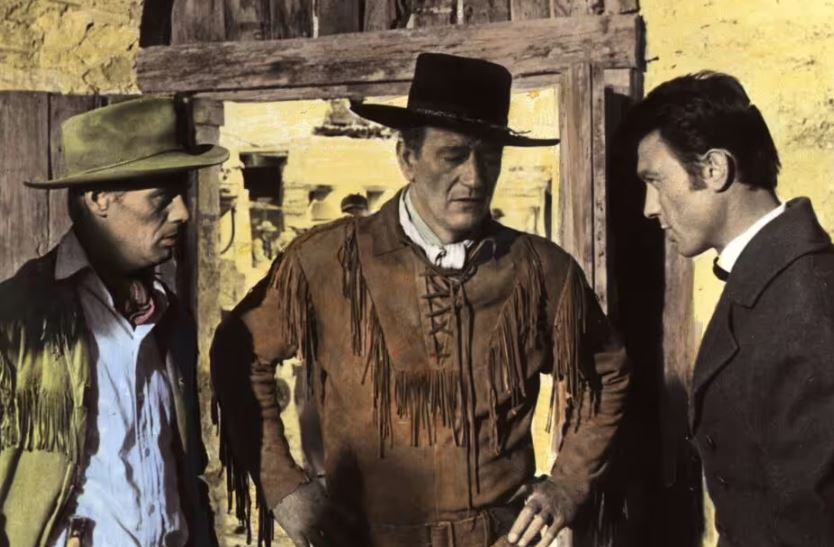He starred in over 170 films, worked with the biggest directors of the day, and played every kind of hero Hollywood could write up – but John Wayne’s most treasured project wasn’t a hit Western or even one of his Oscar-winning roles. Instead, it was a bruising personal gamble.
‘The Duke’ built his name on tough, no-nonsense characters, from The Searchers to True Grit, Rio Bravo to Stagecoach. As the ’50s were drawing to a close, Wayne was almost the movie industry itself – able to settle comfortably into his already established persona and calmly play safe characters for the rest of his career, if he so wished. But instead, he went all-in on a dream that would cost him a high emotional price.
It wasn’t even the film he considered his favourite – that honour went to She Wore a Yellow Ribbon, a John Ford classic from 1949 – but the one that meant the most to him was his ultimate passion project.

Released in 1960, The Alamo was Wayne’s directorial debut, and he made sure it was a proper Hollywood epic. He built a full-size replica of the Alamo fort in the Texas countryside, recruited a glittery cast, and spent millions to get every detail right.
But the budget was burst fast, and with financing drying up, Wayne made a bold, fateful move: he signed over the rights to United Artists just to keep the cameras rolling.
The gamble paid off artistically, if not financially. The Alamo was nominated for Best Picture at the Oscars, earned a Golden Globe for Best Score, and did decent box office – but Wayne, who had poured years of his life into the project, barely ever saw the money.
Apart from that, the production was chaotic behind the scenes, with Wayne juggling the pressures of directing and starring, all while battling with co-stars and crew. According to several reports, things got so tense at one point he nearly came to blows with a fellow actor.

But the biggest heartbreak of them all came in the editing room: speaking years later in Michael Munn’s John Wayne: The Man Behind the Myth, Wayne recalled how United Artists ordered 30 minutes to be chopped from the final cut after early test screenings drew criticism – not for the filmmaking, but for the politics.
Wayne had used The Alamo as a metaphor for American freedom, with a not-so-subtle jab at the spread of communism. “They didn’t like that I was using the Alamo as a metaphor for America,” he said. “It was a warning against anything that stole our freedom, and yes, that included communism”.
“They criticised my politics, not my film” Wayne added. “So United Artists said, ‘We gotta lose half an hour’. It broke my heart.”
Despite the backlash and the brutal compromises, Wayne never lost faith in what he’d made: “That picture meant more to me, means more to me, than any other picture I made, or will make.”
